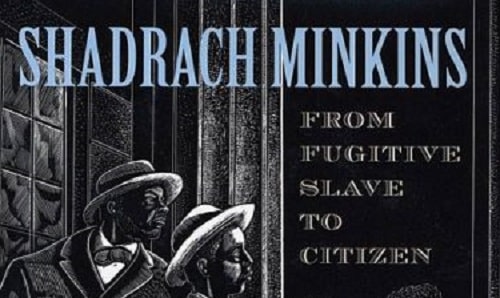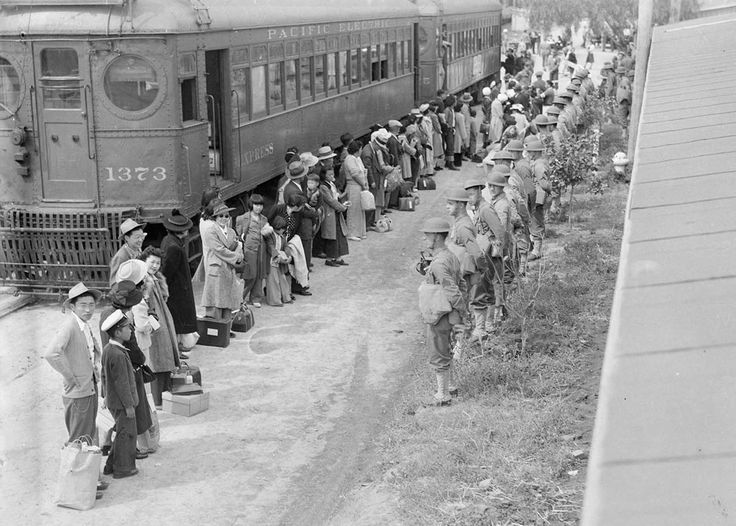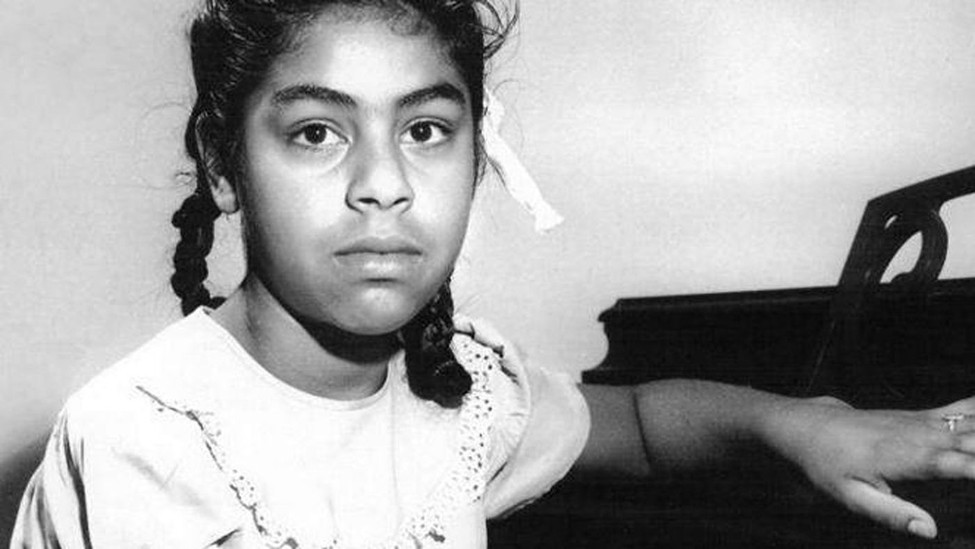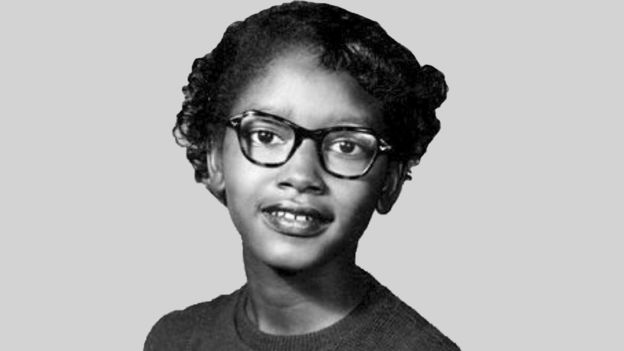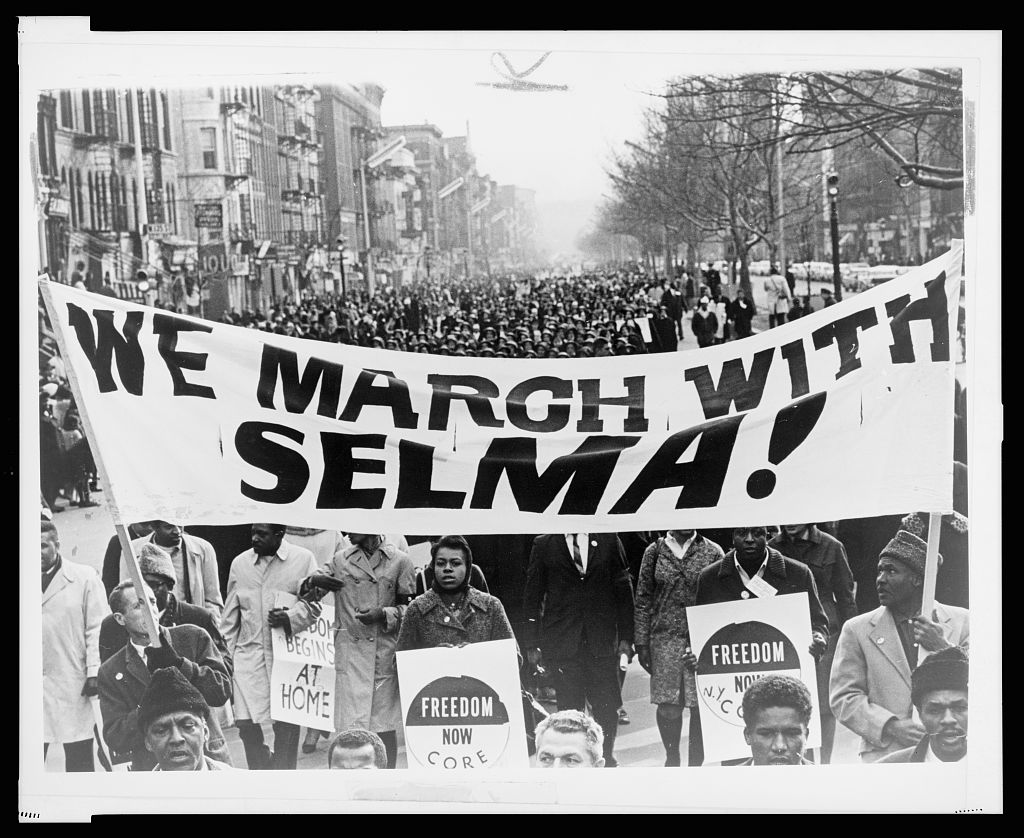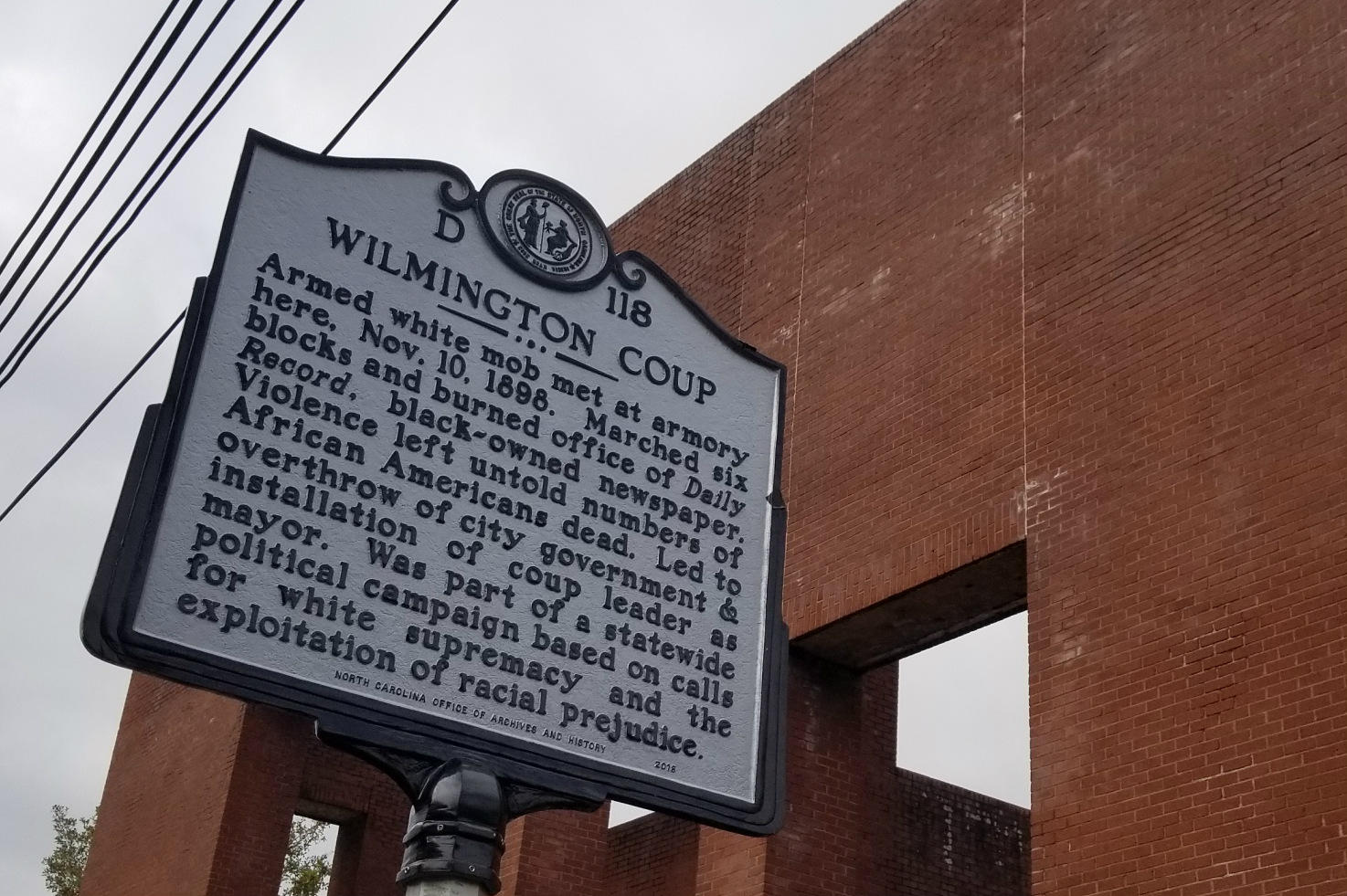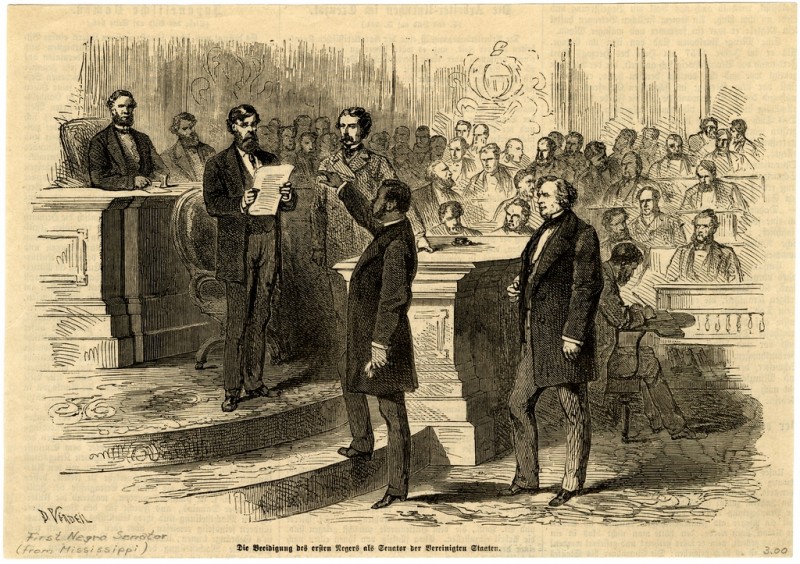Enacted following Nat Turner’s Rebellion, this Virginia law prohibited the education of enslaved and free Black people, seeking to suppress potential uprisings. Several other states enacted similar bans at this time as well.
Continue reading
One of many anti-literacy laws at the time, this law prohibited the establishment of schools for Black students who were not residents of Connecticut.
Continue reading
Book — Non-fiction. By Rebecca Nagle. 2024. 352 pages.
The generations-long fight for tribal land and sovereignty in eastern Oklahoma is told through a contemporary legal battle and historic acts of Indigenous resistance.
Continue reading
In a landmark decision, the Supreme Court ruled that the state did not have jurisdiction over crimes committed on Native reservations, affirming Indigenous treaty rights and sovereignty.
Continue reading
In Symm v. United States — the only case that addresses the 26th Amendment — the Supreme Court ruled that it was unconstitutional to prevent college students from voting where they attended school.
Continue reading
Book — Non-fiction. Edited by James Forman, Premal Dharia, and Maria Hawilo. 2024. 496 pages.
Surveys various approaches to confronting the carceral state, exploring bold but practical interventions involving police, prosecutors, public defenders, judges, prisons, and even life after prison.
Continue reading
Following a kiss by a 7-year-old white girl, two young Black boys ages 8 and 9 were unlawfully arrested and brutally treated in Monroe, North Carolina.
Continue reading
California enacted the Alien Land Law to bar Asian immigrants from owning or leasing land. These restrictions, and others imposed later, remained in place through both World Wars.
Continue reading
Book — Non-fiction. By Peter Linebaugh and Marcus Rediker. 2013. 448 pages.
A sweeping history of the role of the dispossessed in the making of the modern world.
Continue reading
Book — Non-fiction. By Aran Shetterly. 2024. 480 pages.
Drawing from survivor interviews, court documents, and FBI files, this book details the “Greensboro Massacre.”
Continue reading
In the case of Buchanan v. Warley, the Supreme Court declared segregated housing to be unconstitutional.
Continue reading
Book — Non-fiction. By Martha S. Jones. 2018. 266 pages.
The story of how African American activists remade national belonging through battles in legislatures, conventions, and courthouses.
Continue reading
The Supreme Court determined that the government could not infringe upon the First Amendment rights of corporations to spend unlimited funds on electoral campaigns.
Continue reading
U.S. Marshals arrested Shadrach Minkins, who had escaped from slavery in Norfolk, Virginia.
Continue reading
Executive Order 9066 issued by President Roosevelt authorized the incarceration (internment) of U.S. citizens of Japanese descent.
Continue reading
The courts ruled in favor of the Mendez family and their co-plaintiffs in California, finding segregated schools to be unconstitutional.
Continue reading
The constitutional climate case Juliana v. United States was filed by 21 youth against the U.S. government. The defendants said that the government's policies are causing catastrophic climate change and constitute a violation of their constitutional rights to life, liberty, and property.
Continue reading
Book — Non-fiction. By Jason Stanley. 2024. 256 pages.
A global call to action for those who wish to preserve democracy — in the United States and abroad — before it is too late.
Continue reading
In the case of John T. Scopes vs. the State of Tennessee, the defendant, Scopes, was found guilty and fined $100 for teaching about evolution — which was illegal in the state at the time.
Continue reading
The Columbia Uprising took place in Columbia Tennessee on February 26, 1946, when Black residents collectively defended themselves against rioting police officers and local white supremacist militants.
Continue reading
Book — Fiction. By Cory Doctorow. 2008. 384 pages.
A contemporary novel for teenagers that explores Homeland Security and freedom of speech in the post-9/11 United States.
Continue reading
At age 15, Claudette Colvin refused to give up her bus seat to a white woman in Montgomery, Alabama.
Continue reading
The elected and interracial Reconstruction era local government was deposed in a coup d’etat in Wilmington, North Carolina.
Continue reading
Hiram Revels was sworn into office as senator from Mississippi, becoming the first African American to serve in the U.S. Senate.
Continue reading














